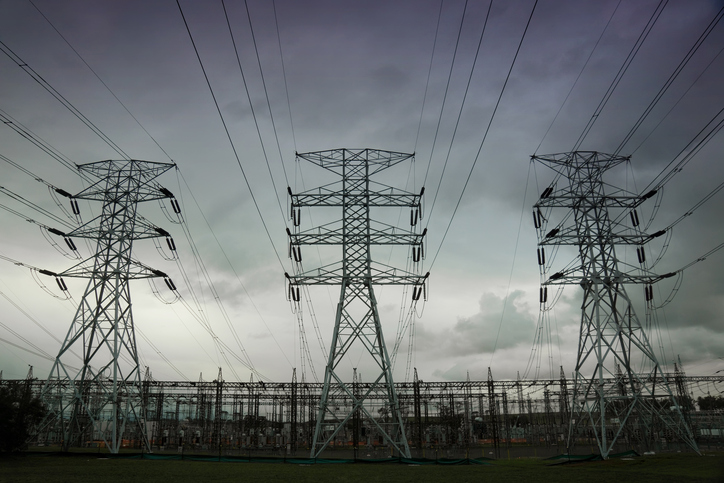The electrification of transport, buildings and industrial sectors in Europe could cut greenhouse gas emissions of those sectors by 60% between 2020 and 2050, according to a new report.
The report, produced by BloombergNEF (BNEF) in partnership with Statkraft and Eaton, outlines a plausible pathway of electrification, taking account of current levels of policy ambition in countries such as the UK and Germany.
The pathway outlined includes a mix of direct and indirect changes. Direct changes would involve the proliferation of electric vehicles (EVs) in as much of the transport sector as possible, as well as the spread of heating systems such as heat pumps in buildings and some parts of industry.
Indirect changes would involve a switch from natural gas to green hydrogen, which is produced by electrolysis using renewable generation, to provide heat for buildings and as many industrial processes as possible.
The pathway would mean that power – through the direct and indirect changes – would account for up to 60% of the final energy demand of those sectors, a significant increase from the 10% it accounts for now.
Whilst this is not full decarbonisation, this is because of “various hard-to-abate” activities within the sectors, such as aviation and high-temperature industrial process.
However, this pathway would require the power system to be more flexible due to the different consumption patterns of heating and transport, although the sectors could create new sources of flexibility by altering their consumption patterns provided the right policies and technologies are in place, the report says.
It estimates that the power system could need 75% more generation capacity by 2050 compared with what would be needed without the additional electrification, with wind and solar comprising most of that.
Albert Cheung, head of analysis for BNEF, said that electrifying other areas of the economy will have “significant repercussions” for the power system.
“Policy makers will have to support the reinforcement and extension of the grid to handle higher power volumes and more renewables, and the deployment of batteries and other sources of flexibility to balance the system.”
Governments will need to introduce more ambitious policies accelerating the pathway to further reduce emissions to net zero, the report says, as well as bringing other technologies such as carbon capture usage and storage (CCUS) to market.
“It will be crucial that governments and regulators adopt an electricity market design that enables developers of wind and solar projects, and those planning battery storage plants or demand response services, to anticipate level of returns that justify their investment,” Cheung added.





